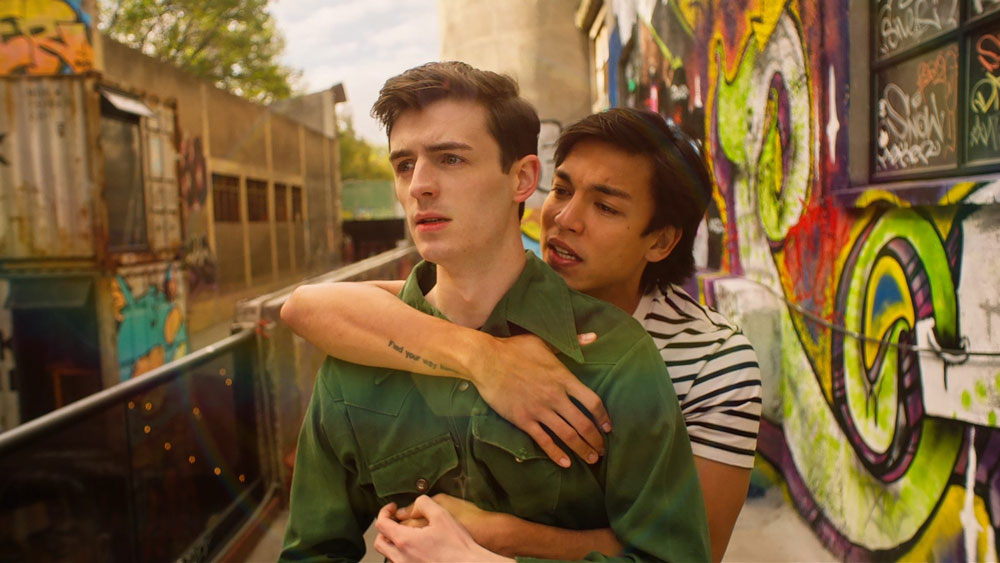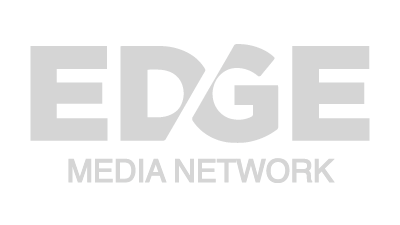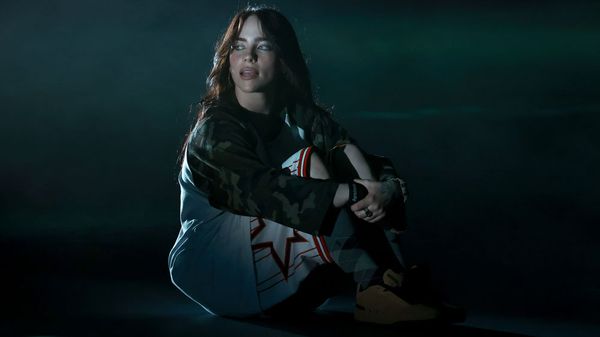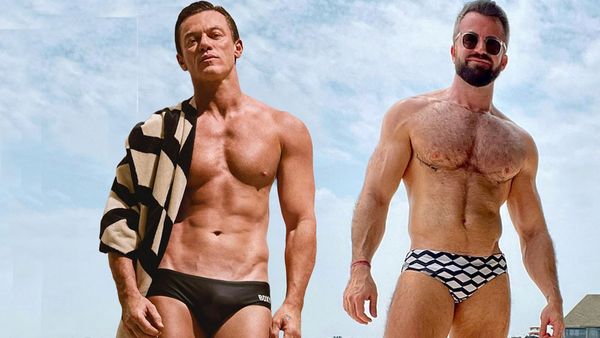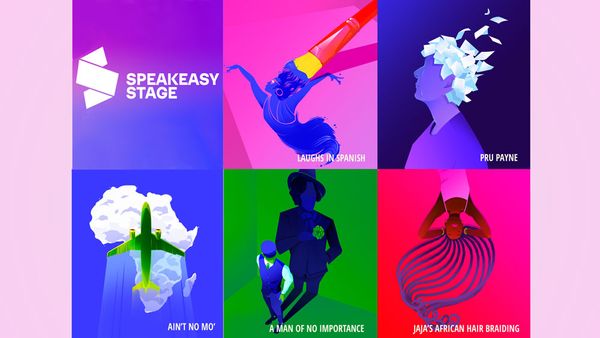July 6, 2014
Finding the 'B' in LGBT History
Kilian Melloy READ TIME: 4 MIN.
Lani Ka'ahumanu, BiNet USA co-founder and leader in the bi movement for almost 35 years, turned 70 last October. Lani's list of accomplishments is exhaustive:
As a bisexual elder, Lani now has the extreme (dis)privilege of witnessing what bisexual erasure looks like over decades. In the new BiNet USA Bisexual Media Guide, we define "bisexual erasure" as "the tendency to ignore, remove, falsify, or re-explain evidence of bisexuality in history, academia, news media and other primary sources." These days, bi erasure is big business, both nationally and internationally. The consistent effort to discredit bisexual contributions in LGBT history often presents itself in one of two ways:
Bi erasure often is rooted in biphobia, the fear or dislike of bisexual people. Biphobia differs from homophobia in the central fact that most bi people encounter strong biphobia/erasure in gay and lesbian spaces, and then turn to find homophobia in heterosexual or straight spaces. Nowhere is this truer than the history of the LGBT movement, for many bisexual people have suffered the indignity of having their contributions erased and their community needs minimized. For example, Heritage of Pride, the organizers of 2014 NYC Pride, edited out Brenda Howard, "The Mother of Pride" from historical photos on their website. They followed it up with an announcement that they had chosen a lesbian, a gay man and a transgender woman to represent the LGBT community at the NYC Pride Festival this June. In Australia, the Shout Film Festival renamed their event to the "Lesbian, Gay and Transgender" film festival because as they stated on Twitter, "biphobia is part of homophobia."
The Rockway Institute, named after Alan Rockway, a founding member of the bisexual movement, even neglects to identify Rockway as bisexual, only calling him, "a pioneering psychologist who helped write and defend the first lesbian and gay employment non-discrimination ordinance."
Bisexual punk legend Stephen Donaldson founded the first gay student organization, the Student Homophile League, at Columbia University in 1969, but these days Columbia University calls "Donny the Punk" a lifelong gay activist. Biphobia and bi erasure support each other, as Dr. Herukhuti, bisexual sociologist, wrote recently on Bilerico.com, "By selecting which loved ones and sexual partners in someone's life are worthy of being recognized, bi erasure is a violent amputation of a person's chosen family and community."
LGBT history could not have been written without us, but too many bisexual icons are stripped of their identity and become someone else's role model, instead of our own.
George Santayana is quoted as saying, "Those who cannot remember the past are condemned to repeat it." Santayana also spoke to the larger issue of political memory saying, "Progress, far from consisting in change, depends on retentiveness. When change is absolute there remains no being to improve and no direction is set for possible improvement: and when experience is not retained, as among savages, infancy is perpetual."
As "among savages" stuck out to me, not only because of Santayana's ignorance of oral history traditions for indigenous peoples, but also because of a recent quote from gay author and pundit, Dan Savage. Earlier this year, in response to calls for him to re-frame his conversations about bisexual people, Savage said:
"The main image for the 1987 March on Washington was a banner that read 'Come Out, Come Out, Where Ever You Are.' Harvey Milk exhorted closeted gay people to come out while pointing out that closeted gay people, by remaining closeted, were complicit in their own oppression and the oppression of out gay and lesbians. If exhorting closeted bis to come out is biphobic, then Harvey Milk was homophobic."
Dan Savage and others consistently erase the history of bisexual people in the gay rights movement. What's the cost of erasing Lani's contribution to the 1987 March on Washington, or 35 years of activism? Bisexual lives, pure and simple. Bisexuals now report higher rates of suicide, cancer, smoking, depression, and sexual assault than our gay, lesbian or straight peers. Just last month the federal government launched www.NotAlone.gov and provided stats about sexual assault for LGBT people. 25 percent of transgender people report being sexually assaulted after the age of 13, while 46 percent of bisexual women report being raped in adulthood.
Lani recently coined a new term, "callous disregard" after attending a 2013 LGBT Elder Training conference where bisexual community issues like bi suicide, bi poverty and bi sexual assault weren't mentioned even once. In 1987, she authored "The Bisexual Community: Are We Visible Yet?" for publication in the 1987 March on Washington's official "Civil Disobedience Handbook." Twenty-seven years later we are still here, demanding bisexuals be identified with pride.
Kilian Melloy serves as EDGE Media Network's Associate Arts Editor and Staff Contributor. His professional memberships include the National Lesbian & Gay Journalists Association, the Boston Online Film Critics Association, The Gay and Lesbian Entertainment Critics Association, and the Boston Theater Critics Association's Elliot Norton Awards Committee.

